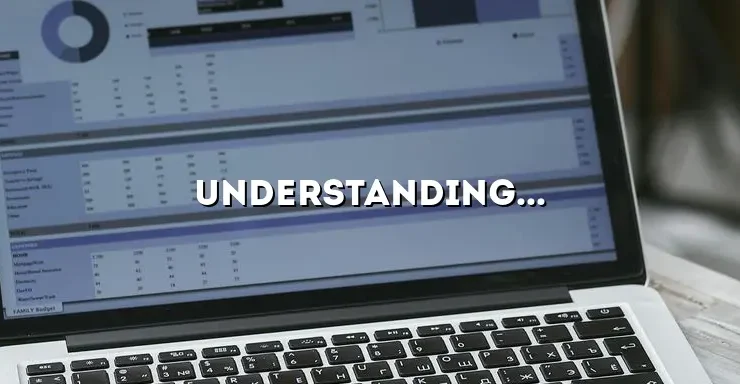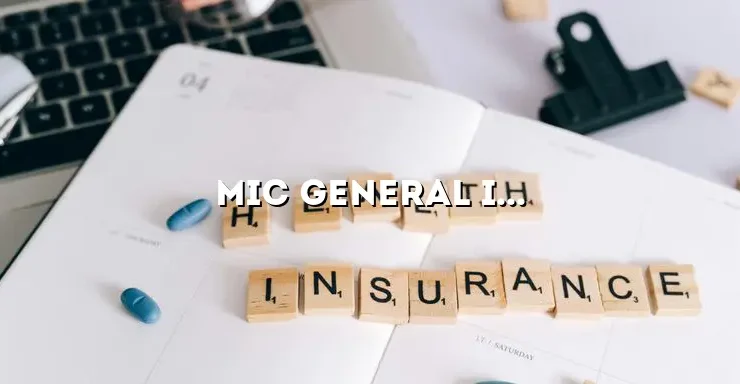
Life insurance is a crucial aspect of financial planning, providing security and peace of mind to individuals and their families. In an era where digital marketing dominates, it’s easy to overlook the power of traditional advertising methods. However, in the case of life insurance, flyers remain a highly effective tool for reaching potential clients and conveying important information. In this article, we will explore the art of creating captivating and informative life insurance flyers that will grab attention and generate leads.
Understanding Your Target Audience
Developing an effective life insurance flyer starts with understanding your target audience. By identifying their demographics, needs, and pain points, you can tailor your message to resonate with them.
Defining Your Target Audience
Before creating your life insurance flyer, you need to define your target audience. Consider factors such as age, income level, marital status, and occupation. Understanding who your potential clients are will help you craft a message that speaks directly to their needs and concerns.
Creating Buyer Personas
Once you have identified your target audience, creating buyer personas can further refine your understanding of their motivations and preferences. A buyer persona is a fictional representation of your ideal customer, including their demographics, goals, challenges, and buying behavior. By developing detailed buyer personas, you can tailor your flyer’s content and design to address their specific needs and interests.
Crafting a Compelling Headline
The headline of your life insurance flyer is the first impression you make on potential clients. It needs to be engaging, concise, and convey the value your insurance offers.
Grabbing Attention
When crafting your headline, aim to grab the reader’s attention right away. Use powerful words, intriguing questions, or compelling statements that immediately pique their curiosity.
Key Benefits and Solutions
Your headline should clearly communicate the key benefits and solutions your life insurance policy offers. Focus on the unique value propositions that set your policy apart from competitors and address the specific needs of your target audience.
Creating an Eye-Catching Design
A visually appealing flyer is crucial for grabbing attention and making a lasting impact.
Design Principles
When designing your life insurance flyer, consider important design principles such as balance, contrast, hierarchy, and alignment. These principles will help you create a visually pleasing layout that guides the reader’s eye and emphasizes the most important information.
Color Schemes
Choose a color scheme that aligns with your brand and evokes the desired emotions. Consider using colors that convey trust, security, and professionalism, such as shades of blue or green. Experiment with color combinations to create a visually striking flyer.
Typography
Select fonts that are easy to read and reflect the tone of your brand. A combination of a bold headline font and a clean, legible body font can create a visually appealing and professional look. Experiment with font sizes, styles, and spacing to create a hierarchy that guides the reader’s attention.
Layout Techniques
Organize the content of your flyer in a logical and visually appealing way. Use headings, subheadings, bullet points, and white space to break up the text and make it easy to scan. Consider using images, icons, and infographics to visually enhance the flyer and convey information more effectively.
Delivering a Clear and Compelling Message
A well-crafted message is essential for conveying the benefits of your life insurance policy effectively.
Clear and Concise Language
Use clear and concise language in your flyer to ensure that your message is easily understood. Avoid jargon or complex terminology that may confuse or alienate your audience. Focus on communicating the key features and benefits of your life insurance policy in simple and relatable terms.
Highlighting Unique Selling Points
Identify the unique selling points of your life insurance policy and highlight them in your flyer. Whether it’s affordable premiums, comprehensive coverage, or exceptional customer service, emphasize the aspects that differentiate your policy from others in the market.
Addressing Pain Points
Consider the pain points or concerns that your target audience may have when it comes to life insurance. Address these concerns directly in your flyer and explain how your policy can alleviate their worries and provide peace of mind for their loved ones.
Including Relevant and Engaging Content
In addition to the visual elements, the content of your life insurance flyer plays a crucial role in capturing the reader’s attention.
Key Policy Features
Highlight the key features of your life insurance policy that make it appealing to potential clients. Whether it’s flexible payment options, accelerated death benefits, or guaranteed renewability, clearly communicate these features to showcase the value your policy offers.
Benefits and Real-Life Examples
Explain the benefits that your life insurance policy provides to individuals and their families. Use real-life examples or testimonials to illustrate how your policy has positively impacted people’s lives. This helps potential clients envision the value and peace of mind they can gain by choosing your insurance.
Contact Information and Call-to-Action
Include your contact information prominently in your flyer, including phone numbers, email addresses, and website URLs. Additionally, incorporate a strong call-to-action (CTA) that encourages readers to take the next step, such as scheduling a consultation, requesting a quote, or visiting your website to learn more.
Utilizing Call-to-Action (CTA) Techniques
A strong call-to-action is vital for converting interested readers into potential clients.
Creating Urgency
Use language that creates a sense of urgency and prompts readers to take immediate action. Phrases like “Limited Time Offer” or “Act Now!” can motivate potential clients to reach out and inquire about your life insurance policy.
Offering Incentives
Incorporate incentives into your CTA to entice readers to take the desired action. This could include offering a free consultation, a discount on the first premium, or a special bonus for signing up within a specific timeframe.
Providing Multiple Contact Options
Make it easy for potential clients to get in touch with you by providing multiple contact options. Include phone numbers, email addresses, and links to your website and social media profiles. The more accessible you are, the more likely individuals are to reach out and inquire further.
Measuring and Analyzing Flyer Performance
To ensure the success of your life insurance flyer campaign, it’s important to measure its effectiveness.
Tracking Responses
Include unique tracking codes or URLs in your flyer to monitor the response and engagement levels. This allows you to track the number of inquiries or conversions generated from your flyer and assess its impact on your business.
Analyzing Conversion Rates
Measure the conversion rates of your flyer by analyzing the number of individuals who took the desired action after seeing your flyer. This could involve calculating the percentage of people who scheduled a consultation, requested a quote, or visited your website as a result of the flyer.
Collecting Feedback
Engage with individuals who responded to your flyer to gather feedback on their experience. This can provide valuable insights into the effectiveness of your flyer’s design and messaging, helping you refine and improve future campaigns.
By understanding your target audience, creating compelling headlines, designing eye-catching flyers, delivering a clear message, providing engaging content, utilizing effective CTAs, and measuring performance, you can create highly effective life insurance flyers that stand out in a competitive market. Remember, the key is to strike a balance between creativity and informativeness to engage readers and inspire them to take action. So, get ready to design impressive life insurance flyers that captivate your audience and help grow your client base.






